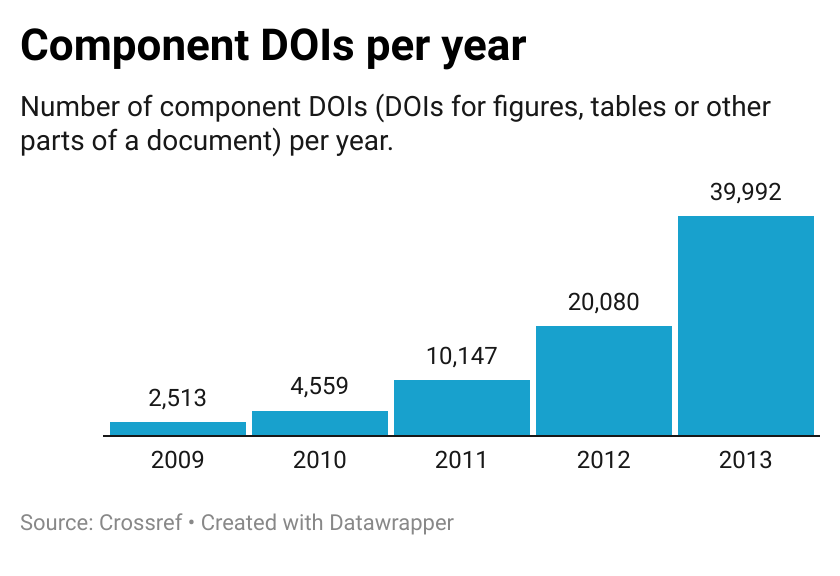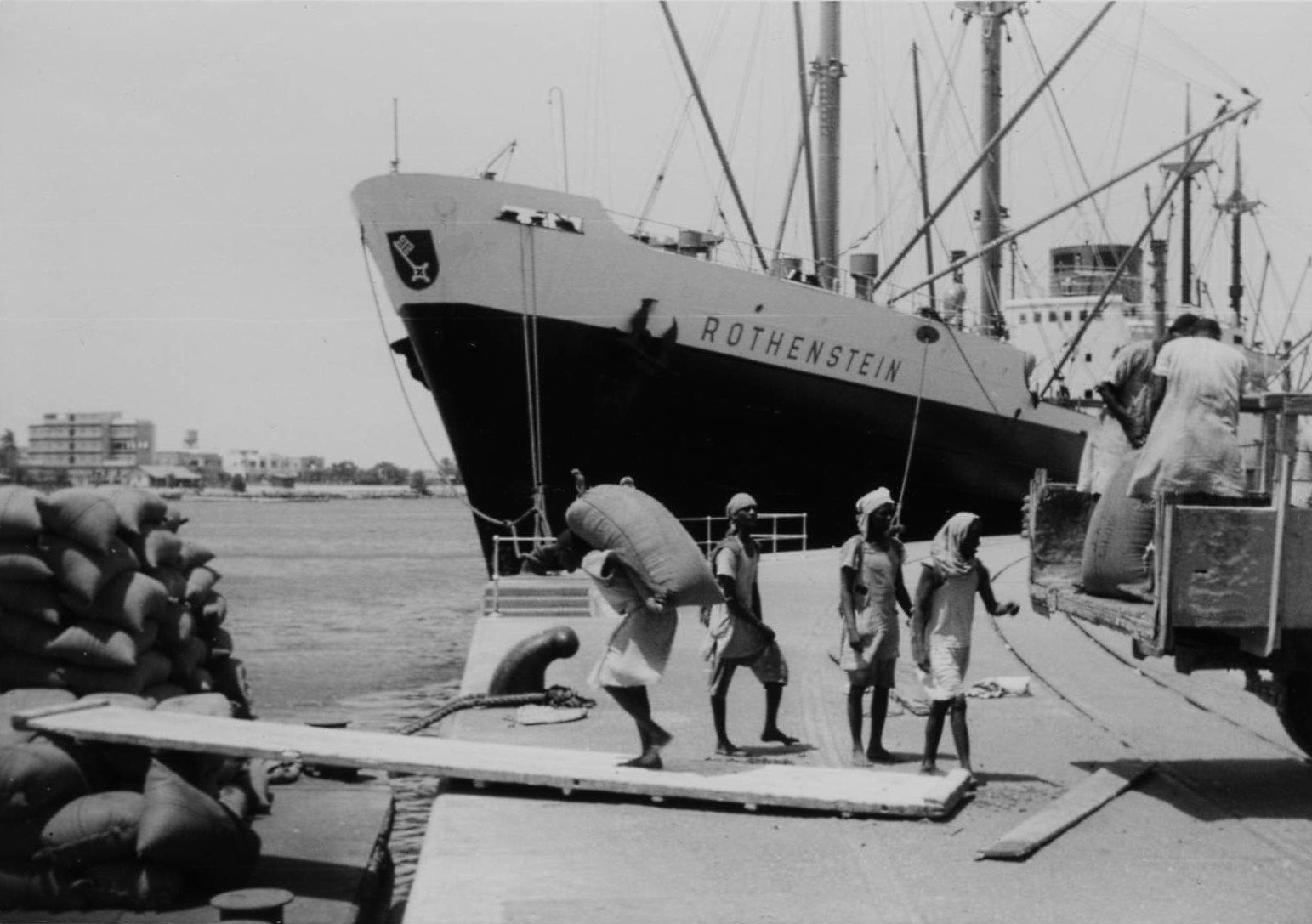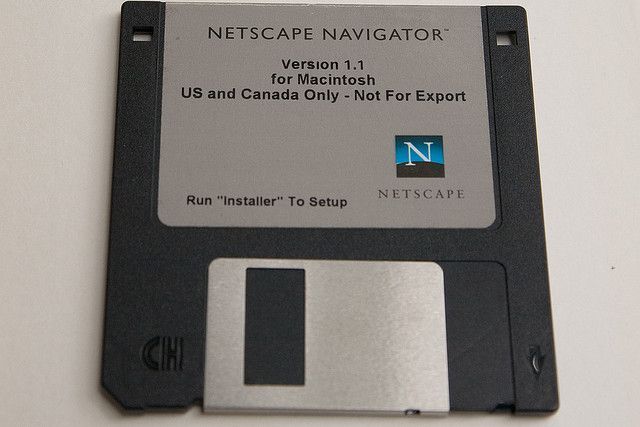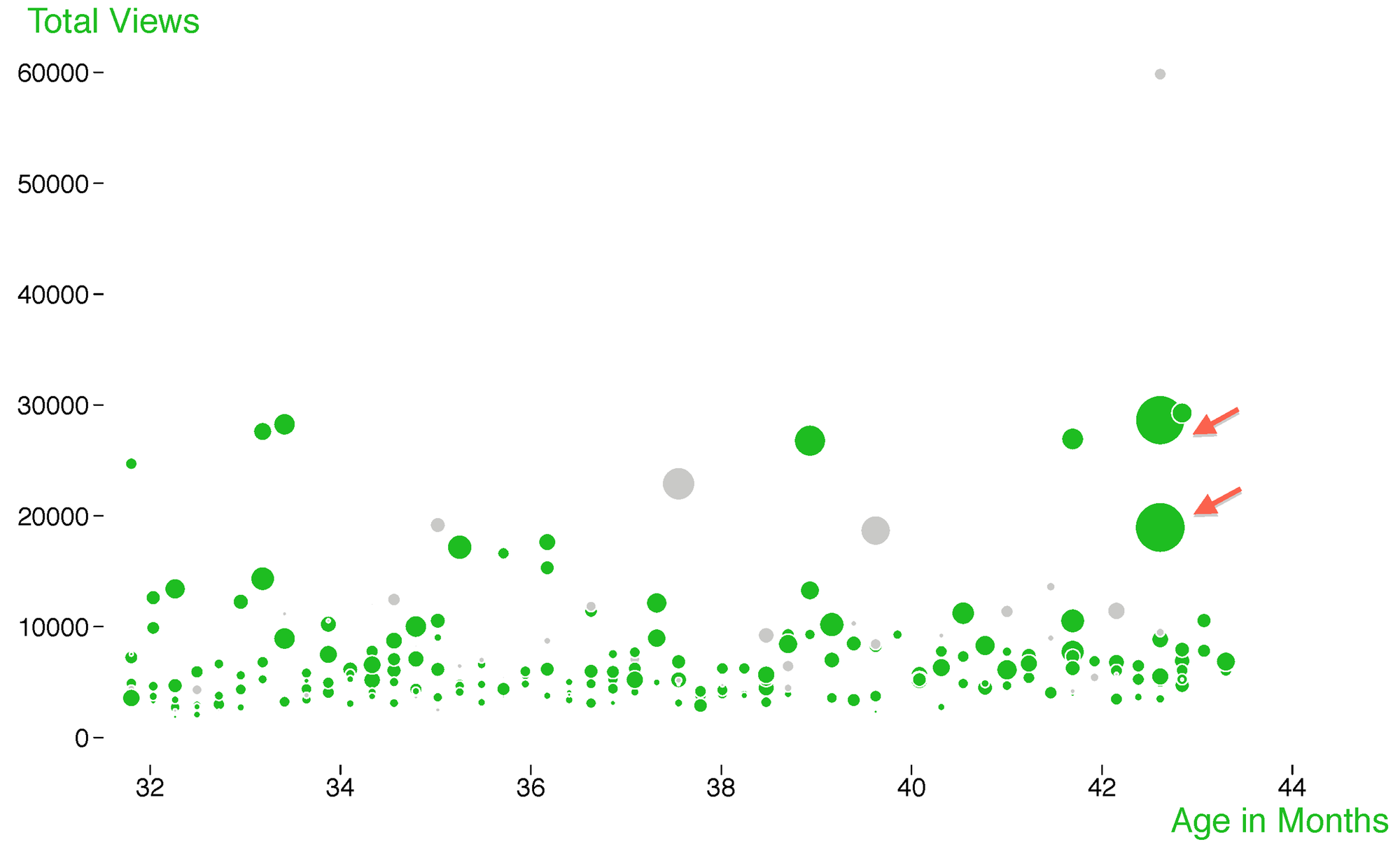
Before all our content turned digital, we already used page numbers to describe a specific section of a book or longer document, with older manuscripts using the folio before that. Page numbers have transitioned to electronic books with readers such as the Kindle supporting them eventually. For content on the web we can use the # fragment identifier, e.g.





